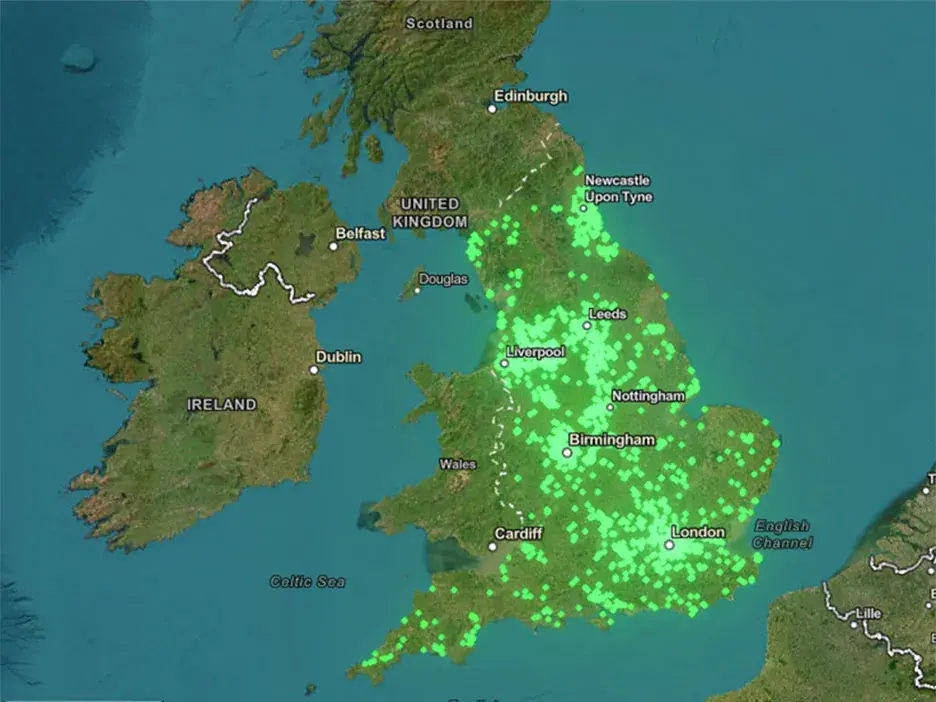Science update: December 2024

Each term, the Nature Park science team give an update on what they've been up to and how they've been using the data you've collected from your school sites.
Hi everyone!
It’s been a busy few months for the Nature Park community science team. We've welcomed 464 sites onto the Nature Park map, and you amazing community scientists have mapped 3km3 of habitat, including 91km of habitat lines including 3.7km of hedges and 751 microhabitats including 409 trees, 40 insect hotels and five bat boxes!
How we’ve been using your data this term
Over the last few months, the team has been getting into a rhythm of checking site boundaries on a weekly rota. Far from being a chore, we love seeing how many new sites have joined the Nature Park every week, and the wide variety from large and small to green and grey. We are always impressed by the quality of the data too, with very few needing edits or querying (check out our top tips for creating a high-quality site boundary). This term we want to say a special well done to Star Salford Academy in Manchester who have managed to add their site boundary and start habitat mapping, even though their school is still shown as a building site on the satellite imagery!

This term’s science spotlight
We've submitted two papers to scientific journals!
Publishing research in scientific journals is an important part of the scientific process. It’s how you get feedback from other scientists and get your work out in the world for everyone to read. Happily, just one year into the Nature Park we have already submitted two papers to scientific journals! The first is all about how we are finding and combining data from previous projects to discover the best ways to boost biodiversity through the Nature Park programme. The second is a paper from a presentation at the European Citizen Science Association (ECSA) conference, which has now been published and can be read online: Boosting biodiversity in school grounds: a theory of change.
News: Nature Park at COP16
Professor Andy Purvis, a biodiversity change researcher from the Natural History Museum, represented the Nature Park on two panels at the Convention on Biological Diversity’s Conference of the Parties (COP16) in Colombia in October. Audiences loved hearing about case studies and feedback from participants, and the other panellists were blown away by the numbers of schools that have signed up so far! The conference provided an opportunity to connect with organisations overseas who are trying to bring about the same changes and is sure to lead to some useful follow-up.
Coming up next term
This term, Nature Park researcher Victoria has been learning the computer language Python, which is different from the one she has usually used but works particularly well with geospatial data (geographic locations and shapes). This will be really useful for analysing the Nature Park research going forward, and she has started looking at what data is already available to help understand the environment of Nature Park sites, including using satellite maps to estimate how much vegetation they have, or how ‘leafy’ they are. You can find out more about Victoria’s research with your data in an interview with A-Level student Christopher Preston.
That's all for now! Have a lovely winter break and we're looking forward to getting stuck in to analysing all of the data you collect next term.
The Nature Park science team